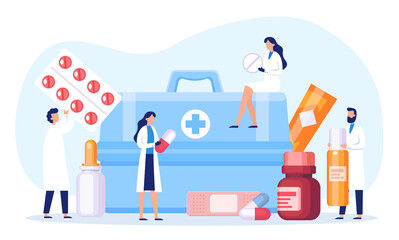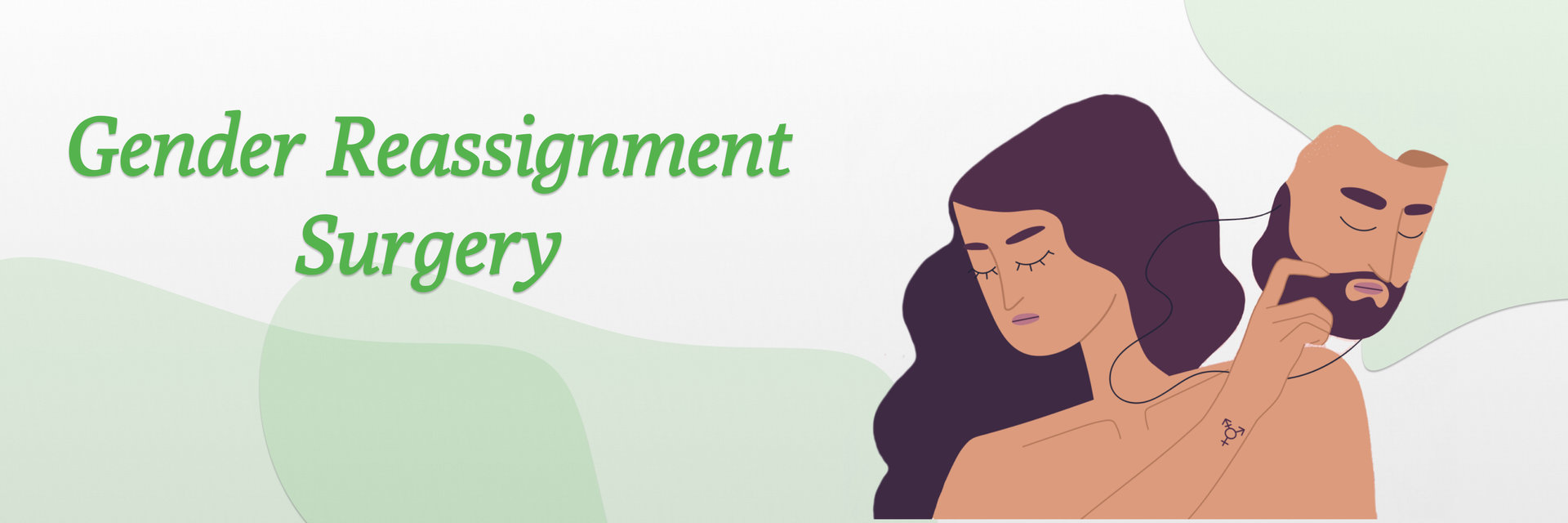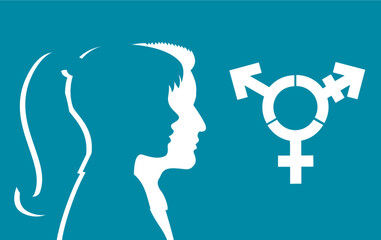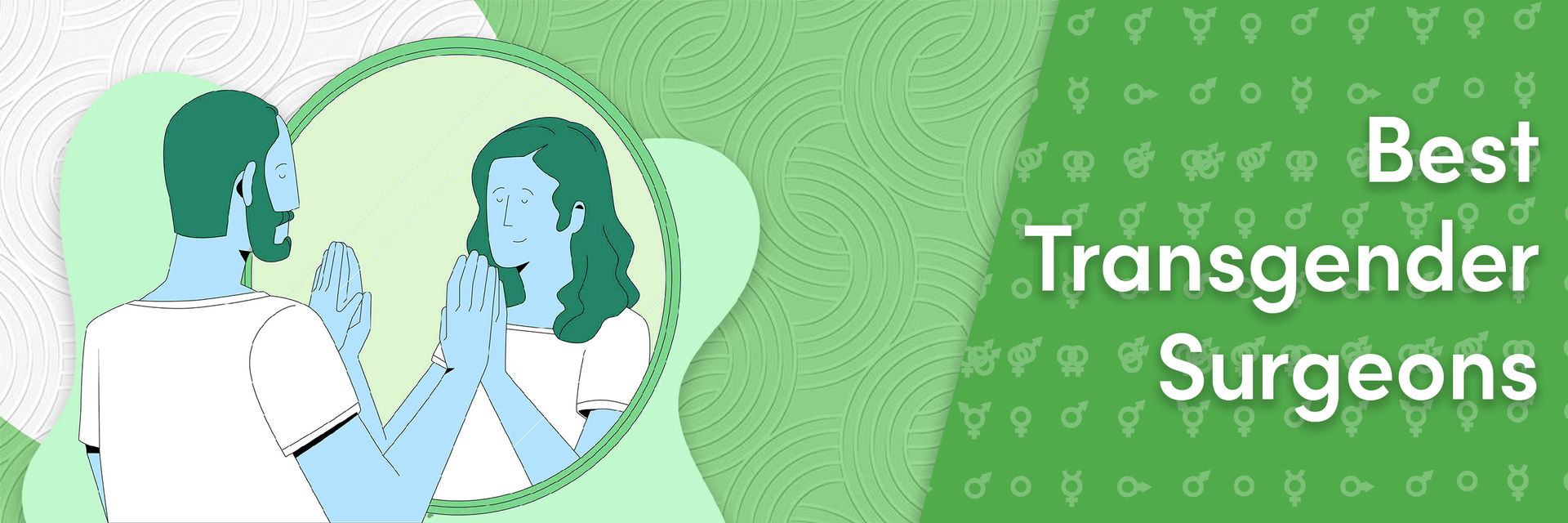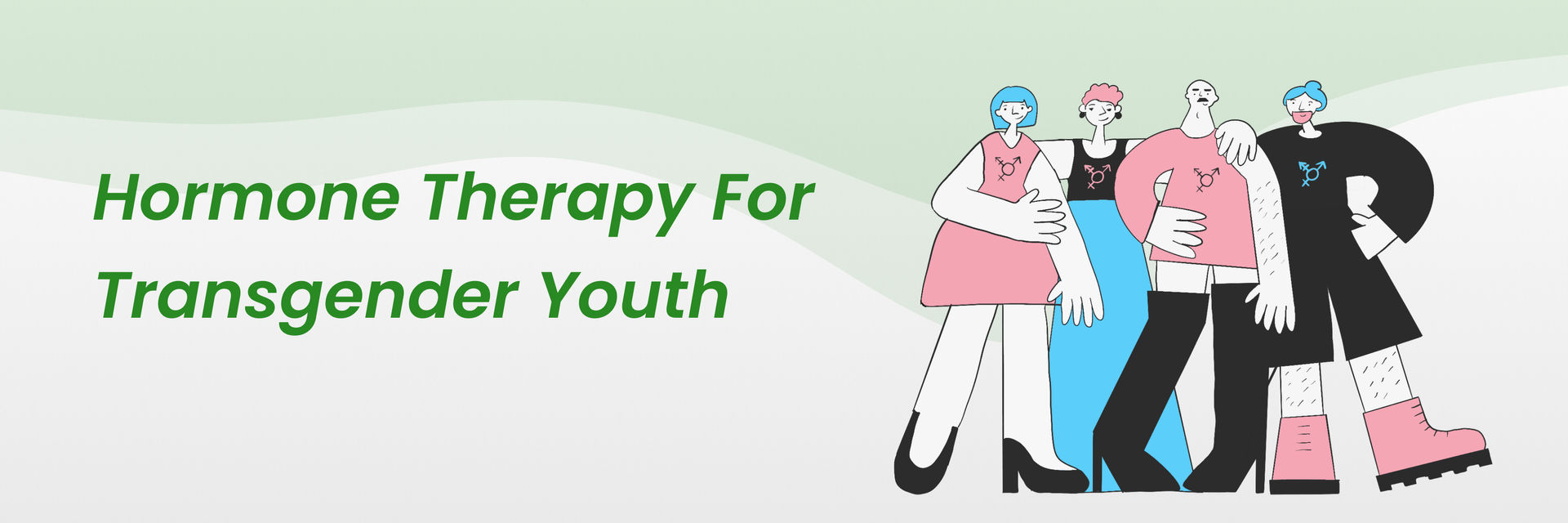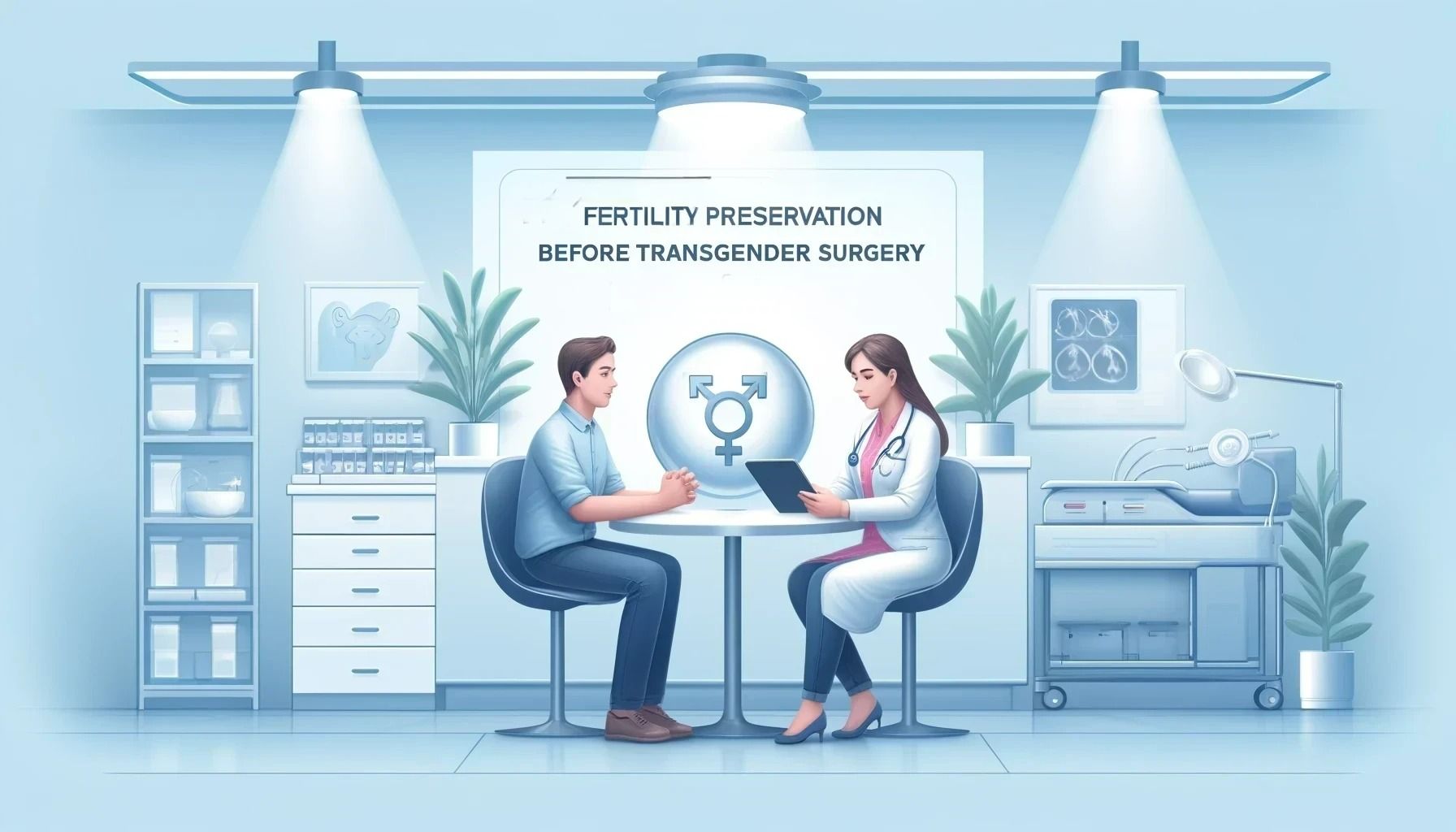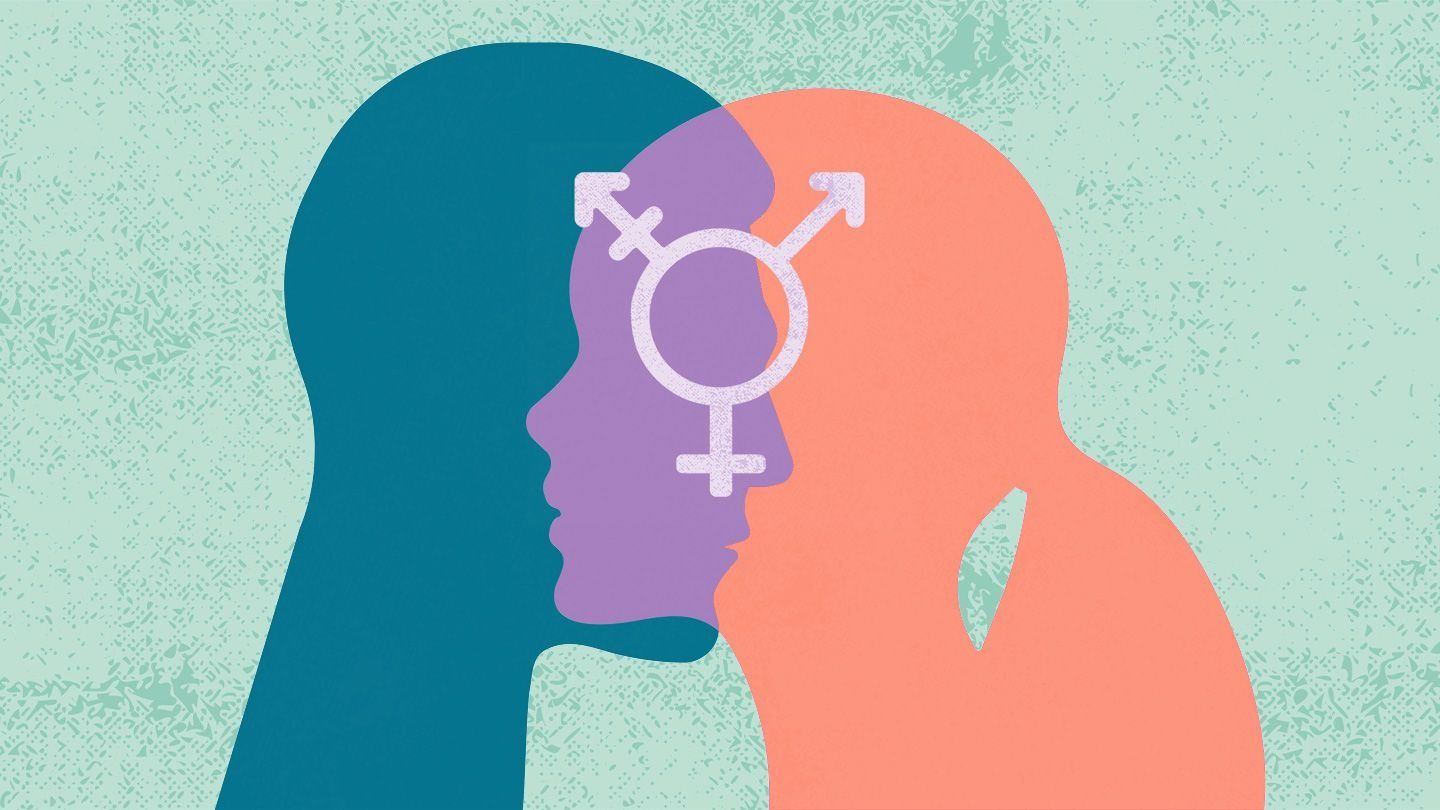What is Transgender Body Dysmorphia?
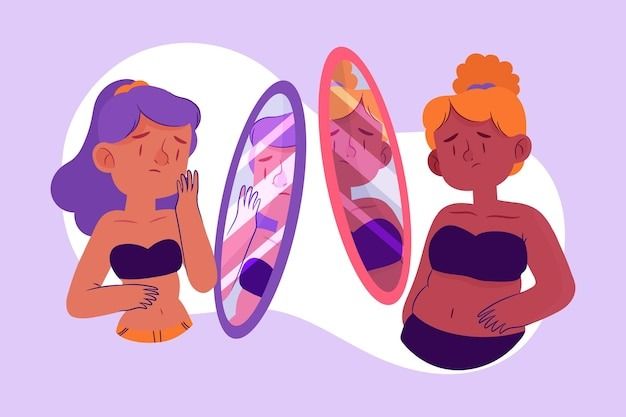
Picture this: you look in the mirror and see a stranger staring back. Their features are yours, but something feels deeply off. Many transgender individuals face a troubling gap when dealing with body dysmorphia. It's a mental health challenge where even imagined flaws in appearance lead to significant distress.
The numbers are telling: transgender and non-binary individuals experience this struggle. The pressure can lead to obsessive behaviors like constant mirror checking or even harmful attempts to "fix" the perceived flaws. Transgender youth are especially vulnerable, facing body dysmorphia at twice the rate of cisgender peers. It's all about navigating a messy mix of identity and image, with societal stigma adding another layer of difficulty.
Keep reading to know more about Transgender Body Dysmorphia.
Your health is too important to ignore – schedule your appointment now.
What Causes Transgender Body Dysmorphia?
There is no single cause of transgender body dysmorphia. It is thought that a combination of biological, psychological, and social factors may influence the condition.
Biological Factors
- Brain Architecture: Studies suggest brain differences in transgender individuals related to body perception and gender identity.
- Hormonal Symphony: Prenatal and postnatal hormones may shape gender identity and body image.
- Genetic Code: Research hints at genetic links to gender identity and body dysphoria, though mechanisms are unclear.
Environmental Factors
Societal Expectations:
- Rigid gender norms create discomfort for transgender individuals.
- Societal tapestries of "masculine" and "feminine" expectations can be challenging.
Discrimination:
- Negative attitudes and prejudice intensify body dysphoria.
- Societal threads become abrasive for transgender individuals facing discrimination.
Family Dynamics:
- Supportive families act as a warm background, while rejection can make it isolating. Family reactions color the tapestry of a transgender individual's journey.
It is important to note that the causes of transgender body dysmorphia are complex and varied. Different individuals may likely experience the condition for various reasons.
Let's find out if there is more than one type of body dysmorphia a transgender person can experience.
Types of Transgender Body Dysmorphia
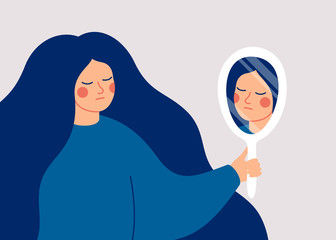
Many people with transgender body dysmorphia may see certain body parts differently, feeling they don't match their gender identity.
Some common areas of concern for individuals with transgender body dysmorphia may include:
| Type of Body Dysmorphia | Description |
| Genitalia | During gender transition, some individuals may feel uneasy about the look or function of their genitalia. They are seeking satisfaction in their physical appearance. |
| Transgender men may feel uneasy about their breast appearance, having been assigned female at birth. On the flip side, transgender women, assigned male at birth, may feel distressed about the lack of breast tissue. |
| Facial features | Some people might feel upset about how their face looks, especially if it doesn't match society's ideas of "masculine" or "feminine" looks. |
| Body hair | Transgender individuals may feel upset about their body hair—whether it's there, not there, too much, or not in the right places. It can be tough when it doesn't match their gender identity. |
| Height and body shape | Some folks may feel uneasy about their size or shape, especially if it doesn't match their gender identity or what society expects. |
It is important to note that these are a few examples of the types of concerns that individuals with transgender body dysmorphia may experience.
Every person is unique, and the specific areas of concern may vary from person to person.
Take charge of your health and your life. Contact us today!
How Do You Come To Know That You Have Transgender Body Dysmorphia?
Several signs and symptoms may indicate a person is experiencing transgender body dysmorphia.
Some common signs and symptoms may include:
- Obsessive thoughts or behaviors related to one's appearance or body
- Avoidance of social situations or activities due to discomfort with one's appearance
- Extreme self-consciousness about one's appearance
- Difficulty with self-care or grooming due to discomfort with one's body
- Difficulty accepting compliments or positive comments about one's appearance
- The belief that one's appearance is "abnormal" or "ugly."
- Persistent desire to change one's appearance, even after making changes
- Difficulty functioning in daily life due to excessive preoccupation with one's appearance
- Thoughts of self-harm or suicide related to one's appearance
Are you experiencing one or more of the above symptoms?
Then you should seek support from a qualified mental health professional, such as a therapist or counsellor.
They can help you identify the specific concerns you are experiencing and develop a treatment plan to address them.
Your health is too important to ignore – schedule your appointment now
It is also important to remember that it is common to feel self-conscious or dissatisfied with certain aspects of your appearance, which does not mean that you have transgender body dysmorphia.
Then how to be sure whether it is body dysmorphia or not?
The answer is a proper diagnosis!
Diagnosis of Transgender Body Dysmorphia

It's important to note that body dissatisfaction or concern about appearance does not necessarily indicate BDD.
If worrying about your appearance is really getting you down or affecting your life, it's a good idea to reach out to a mental health professional. They can use guidelines from the Diagnostic and Statistical Manual of Mental Disorders (DSM-5) to evaluate your symptoms and provide the right diagnosis.
- Constantly worrying about flaws in appearance that others hardly notice or see as minor.
- The preoccupation causes significant distress or impairment in social, occupational, or other areas of functioning.
- The preoccupation is not better accounted for by another mental disorder (e.g., an eating disorder).
- The preoccupation is not due to a medical condition (e.g., scarring from a burn).
How Is Transgender Body Dysmorphia Different From Gender Dysphoria?
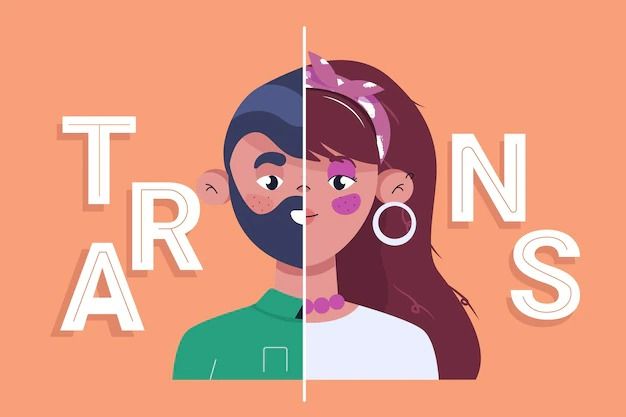
Confused between transgender body dysmorphia and gender dysphoria and wondering how are they different?
Do not worry!
We have helped you clear all your confusion by helping you understand the difference between both the conditions below.
Transgender body dysmorphia and gender dysphoria are two distinct but related conditions that can affect individuals who are transgender.
The following is the difference between gender dysphoria and body dysmorphia:
Gender Dysphoria |
Transgender Body Dysmorphia |
| Gender dysphoria is when someone feels really uneasy or distressed because of the sex and gender they were assigned at birth. | Transgender body dysmorphia: when someone sees their body differently than how they identify. |
| Gender dysphoria is when someone feels distressed because their gender identity doesn't match the sex they were assigned at birth. | Transgender body dysmorphia is a specific subtype of body dysmorphic disorder (BDD) that explicitly affects individuals who are transgender. |
Let's know if you can have gender dysphoria and body dysmorphia simultaneously.
Take the first step to recovery. Get in touch with us for your treatment.
Can Transgender People Have Both Body Dysmorphia And Gender Dysphoria?
Transgender individuals may face both body dysmorphia and gender dysphoria. This can involve feeling that their body doesn't match their gender identity or struggling with societal expectations. It's common for both to coexist, intertwining distress about appearance, like genitalia or breast tissue, with the broader issue of aligning with their gender identity.
This distress about their appearance may then develop into transgender body dysmorphia.
How Can Transgender Body Dysmorphia Be Managed?
Are you diagnosed with transgender body dysmorphia?
Do not worry!
As there is no lock without a key, there is no problem without a solution!
Treatment for transgender body dysmorphia involves a combination of therapy, medication, surgery, or other medical procedures. This helps a person feel more comfortable and confident in their body.
The treatment plan will depend on the individual's specific needs and concerns.
Some standard treatment options for transgender body dysmorphia may include:
| Treatment Options | Details |
Cognitive-behavioral therapy (CBT) |
|
Medications |
|
Surgery or other medical procedures |
|
Further talking about surgery as a treatment option for transgender body dysmorphia, Matt, a renowned mental health and wellness specialist for The Great Brain Experiment says, “Surgery is an effective treatment for transgender body dysmorphia. It can help to improve the person's physical appearance and reduce the psychological distress that is associated with the condition.”
It is important to note that treatment for transgender body dysmorphia is individualized, and the specific treatment plan will depend on the particular needs and goals of the individual.
Are you wondering what if in case you ignore the signs and leave body dysmorphia untreated?
Find the answer below!
What Happens If Body Dysmorphia in Transgender is Left Untreated?
If body dysmorphia in transgender is left untreated, it can severely affect a person's mental health and well-being.
Some possible adverse outcomes of untreated transgender body dysmorphia may include the following:
- Continuous distress and discomfort
People with transgender body dysmorphia might experience continuous pain and distress about their looks. This can interface with their daily life and quality of life.
- Social Isolation
The distress caused by transgender body dysmorphia can make a person avoid social activities and situations. This can lead to social isolation and loneliness.
- Difficulty with self-care
A person can find it difficult to perform basic self-care activities due to their obsession with their looks. This can include grooming or maintaining a healthy diet.
- Poor self-esteem
Transgender body dysmorphia can result in low self-esteem and negative thoughts.
- Thoughts of self-harm or suicide
In some serious cases, transgender body dysmorphia can lead to self-harm or suicide.
You should know that these are a few examples of outcomes that can result from untreated transgender body dysmorphia.
It is possible to manage transgender body dysmorphia. You can improve mental health and well-being with proper treatment.
Explore the strength of support groups for Transgender Body Dysmorphia! Where understanding, resilience, and self-acceptance come together.
Support Groups for Transgender Body Dysmorphia
Navigating transgender body dysmorphia can be overwhelming. Support groups act as hidden oases, offering hope and connection:
1. Validation and Shared Understanding:
- No more loneliness; stories resonate, fostering belonging and acceptance.
2. Breaking Free from Isolation:
- In a safe space, sharing builds understanding, showing individuals they're not alone.
3. Learning From Each Other:
- Lived experiences offer practical tools, creating a collective knowledge stream.
4. Strengthening Resilience:
- Group support becomes a shield against negativity, boosting resilience.
5. Empowering Self-Acceptance:
- Support groups inspire self-love, showing the path to embracing authenticity.
Your well-being is our priority - call us to book your appointment today.
Have some more questions?
Maybe you may get an answer to your question in the FAQs mentioned below!
So, do not miss reading it!
Frequently Asked Questions:

- What other mental disorders come with body dysmorphia?
Some mental health conditions are common in people with BDD. These include obsessive-compulsive disorder, social anxiety, depression, and eating disorders.
- Can body dysmorphia cause gender dysphoria?
While body dysmorphia and gender dysphoria are related, they do not cause each other.
- How to prevent body dysmorphia?
Preventing body dysmorphia can be challenging since it is a complex mental health condition that can have various underlying causes.
However, there are some steps you can take to promote a healthy body image and reduce your risk of developing body dysmorphia:
Challenge societal beauty standards: Recognize that societal beauty standards can be unrealistic and unattainable for most people. Instead, focus on accepting and appreciating your body for what it is.
Focus on your strengths: Instead of fixating on your perceived flaws, focus on your strengths and what you like about yourself.
Limit social media use: Social media can be a source of pressure to conform to beauty standards and can lead to comparison and negative self-talk. Limit your social media use or follow accounts that promote body positivity and diversity.
Seek professional help: If you are experiencing body dysmorphia symptoms or struggling with negative body image, seeking professional help from a mental health provider can be beneficial.
Practice self-care: Take care of yourself physically and mentally. This can include activities such as exercise, eating a balanced diet, getting enough sleep, and engaging in activities that bring you joy and fulfillment.
Remember that everyone's body is unique and beautiful in its way, and learning to appreciate and accept your body can be a journey. It's essential to prioritize your mental and physical health and seek help when needed.
Take the first step to recovery. Get in touch with us for your treatment.
References:

